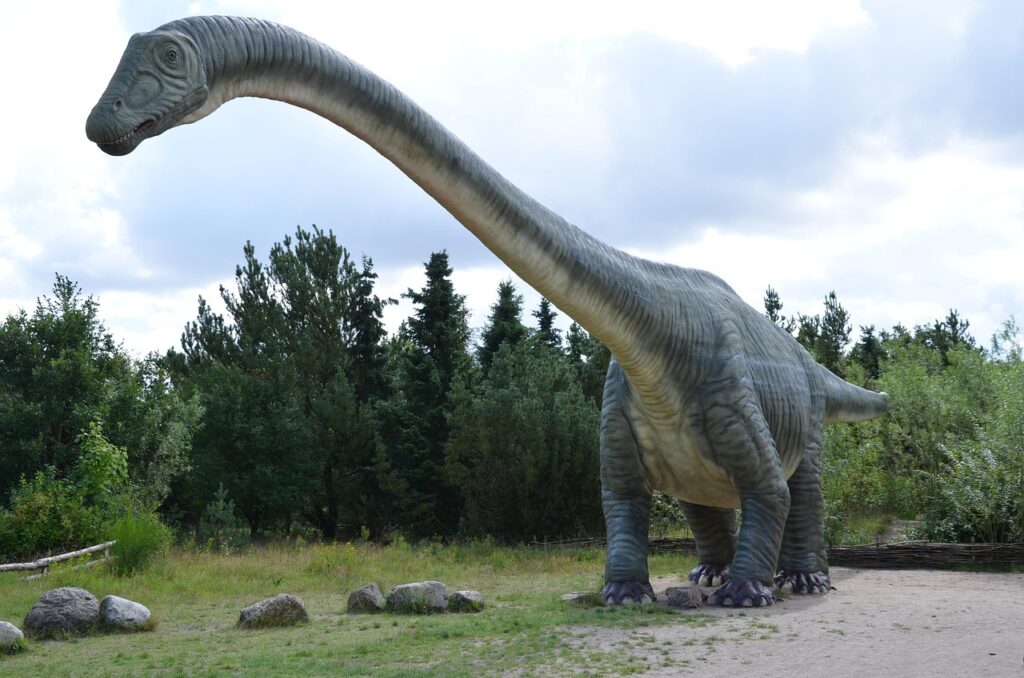You’ve probably wondered what it was like to be human tens of thousands of years ago, when survival meant facing down saber-toothed cats and living through brutal winters. These people left us clues deep underground, painted on cave walls in flickering torchlight. The ice age caves of Europe hold some of humanity’s most profound secrets about fear, survival, and the transformative power of fire.
Cave art from roughly forty thousand to fourteen thousand years ago represents some of humanity’s most significant early cultural achievements, created during a time when our ancestors battled harsh climates and dangerous predators. Yet within these dark chambers, something remarkable happened. People desperate for survival found ways to capture not just images, but emotional connections and empathy in their art. The paintings reveal that even in the most brutal circumstances, humans sought meaning beyond mere survival.
When Darkness Became Sacred Space
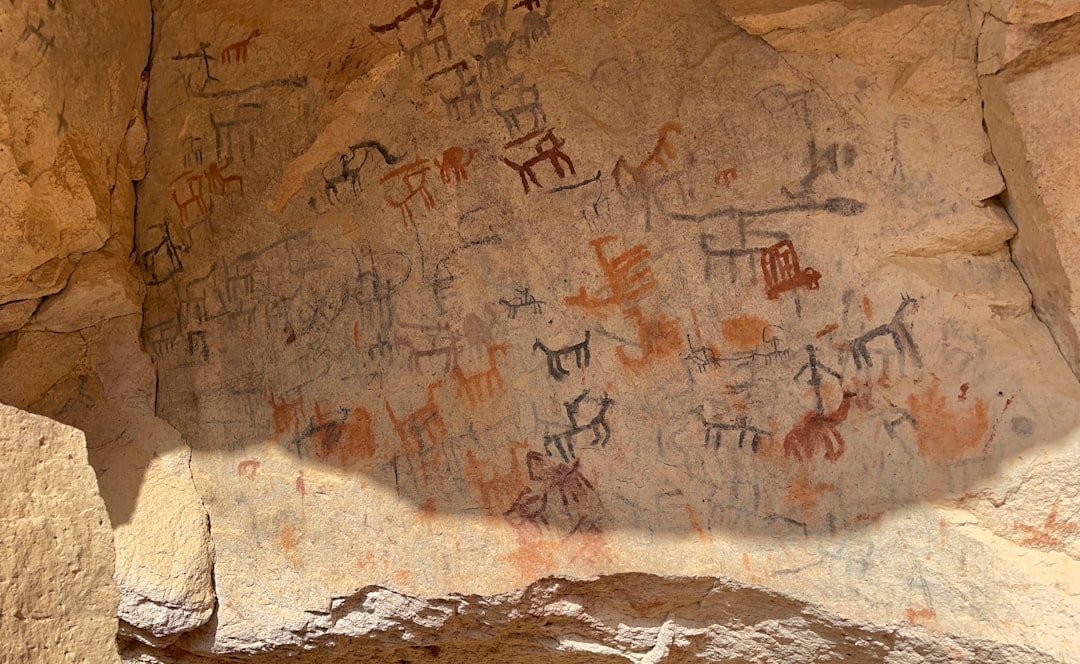
Imagine yourself squeezing through narrow passages, your torch casting eerie shadows on limestone walls. Ice Age people undertook perilous descents into caves, braving dangerous passageways, piercing cold, impenetrable darkness and total silence. These weren’t places where families lived. During the Upper Paleolithic, caves ceased to act as houses and instead became places where early people gathered for ritual and religious purposes.
The caves chosen for art weren’t random. Some caves like Pergouset required visitors to creep through oppressive tunnels, crawling in wet soil through claustrophobia-inducing passages where standing upright was impossible, yet they were decorated throughout with engravings. Think about that commitment to creating something beautiful in the most uncomfortable, frightening conditions imaginable.
Fire as the Ultimate Game Changer

Fire transformed everything about cave art creation and viewing. Flames gave an illusion of motion to the engraved animals, making them dynamic as light flickered across surfaces, with different forms emerging and disappearing, creating narratives of horses moving across rock. This wasn’t accidental. Evidence suggests these carvings were made by groups sitting around Ice Age fires, making art a social activity for chatting with friends and family rather than just survival necessity.
The acrid smell of smoke and melting fat, coupled with the warmth of dim flames and echoing cave sounds, heightened the art viewing experience and created kinship between people and the animals they depicted. Fire didn’t just illuminate the paintings – it brought them to life.
The Psychology of Underground Terror
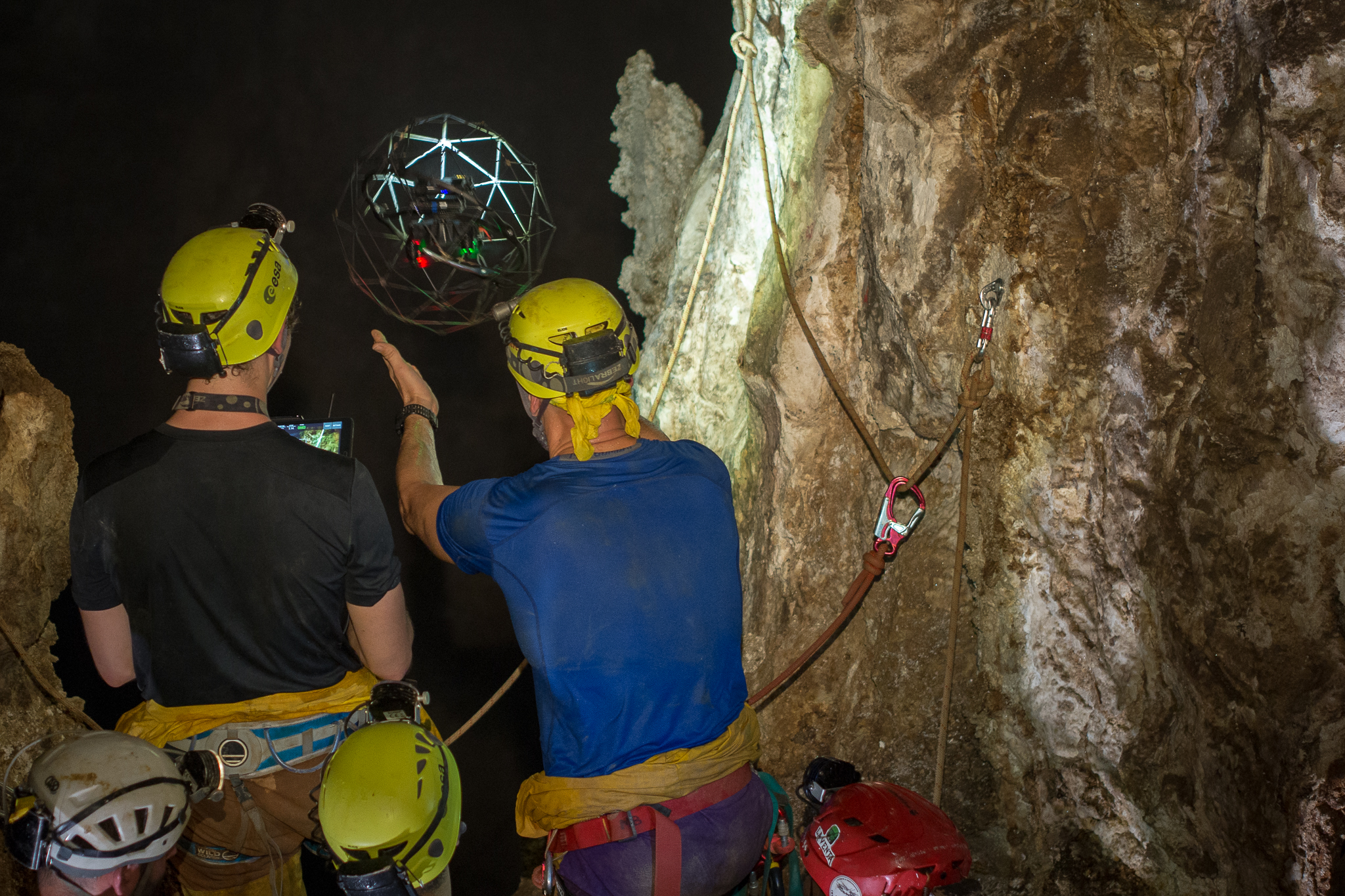
Modern cave explorers report something fascinating about deep cave exploration. When explorers reach the extremes of caves where navigational tools become useless, they suddenly find themselves under the spell of irrational fears and atavistic feelings, with senses seemingly switched off as if seeing with an inner eye. This psychological response likely affected Ice Age artists too.
Natural cave features triggered hyperimagery, similar to mistaking a coat for a person in darkness, with unfamiliar features under flickering torchlight heightening this effect as people’s visual systems tried to make sense of their surroundings. Cave artists weren’t just painting what they saw outside – they were responding to what the cave environment made them feel and perceive.
Handprints as Emotional Anchors

The handprints scattered across Ice Age caves tell perhaps the most moving story about human fear and connection. People placed their hands to meet the hands of their ancestors, feeling deep emotional connection to the cave environment. These weren’t decorative elements – they were psychological anchors in terrifying spaces.
Handprints established relationships between people and the spirit world beyond the rock surface, with pigment likely prepared ritually to create bonds between hand and wall, forming seals between the physical and spiritual realms. In absolute darkness, surrounded by unknown dangers, these hand marks provided proof that others had survived this journey before.
Children in the Depths of Fear
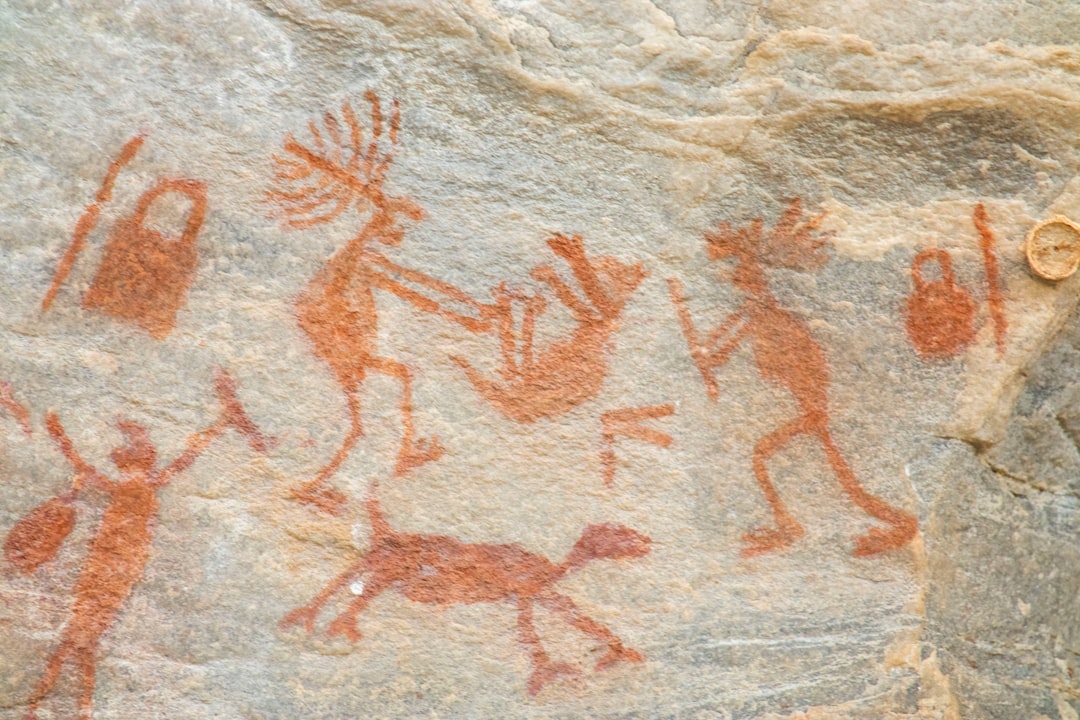
Surprisingly, children participated in these underground journeys. Adults would have been aware of what kids were doing in pitch-black caves and presumably had lit fires or torches, allowing growing brains to experiment and explore materials. Children were apparently given their own corner of caves where they etched doodles at toddler eye level, with youngsters between three and six years old working alone.
This reveals something profound about Ice Age psychology. Even when facing survival challenges that would terrify modern humans, these communities found ways to include their most vulnerable members in meaningful cultural activities. The caves weren’t just adult spaces for confronting fear – they were places where entire communities, including children, learned to transform terror into art.
Shamanic Journeys Through Darkness
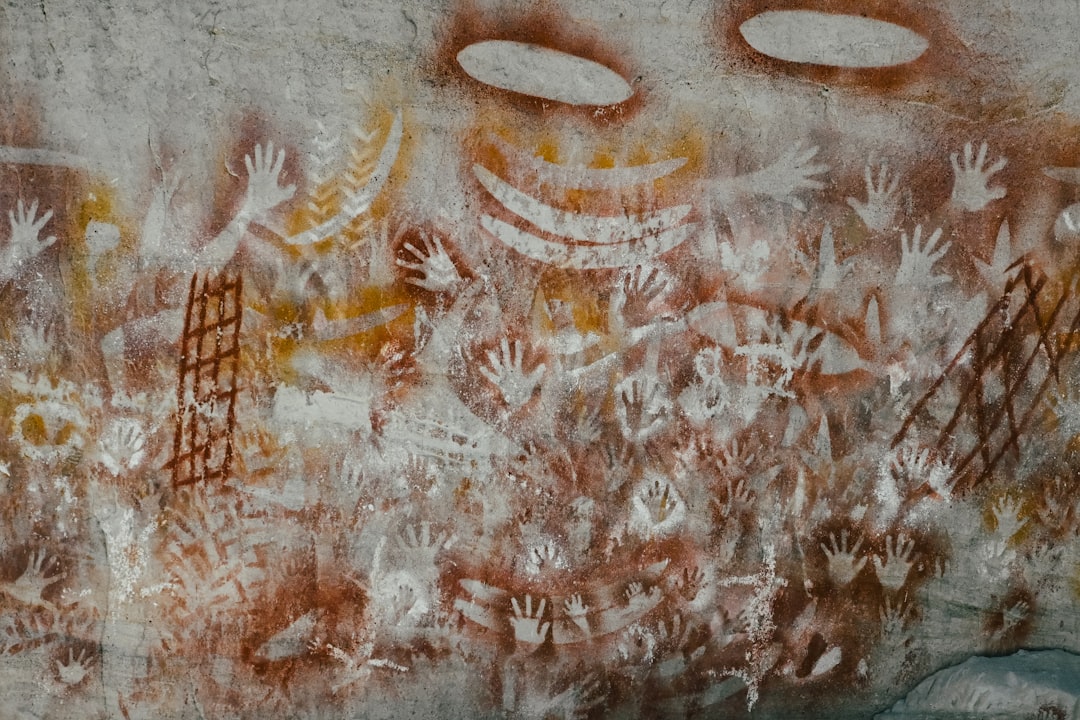
Many experts believe cave art connected to shamanic practices involving altered states of consciousness. Images may have been created within frameworks of shamanic beliefs, with practices involving deep cave ceremonies where shamans entered trance states to contact spirits and obtain their benevolence. Paleolithic shamanic rites likely included self-inflicted pain, cold, hunger, isolation, and frenzied dancing with chanting that brought about altered consciousness states.
These weren’t casual art sessions. Initially only a few descended into caves with selected tribe members following later, guided by shamans as respected leaders who could guide others on pilgrimages to the underground world, facing unimaginable perils for transformative ceremonies.
Animals as Survival Mirrors
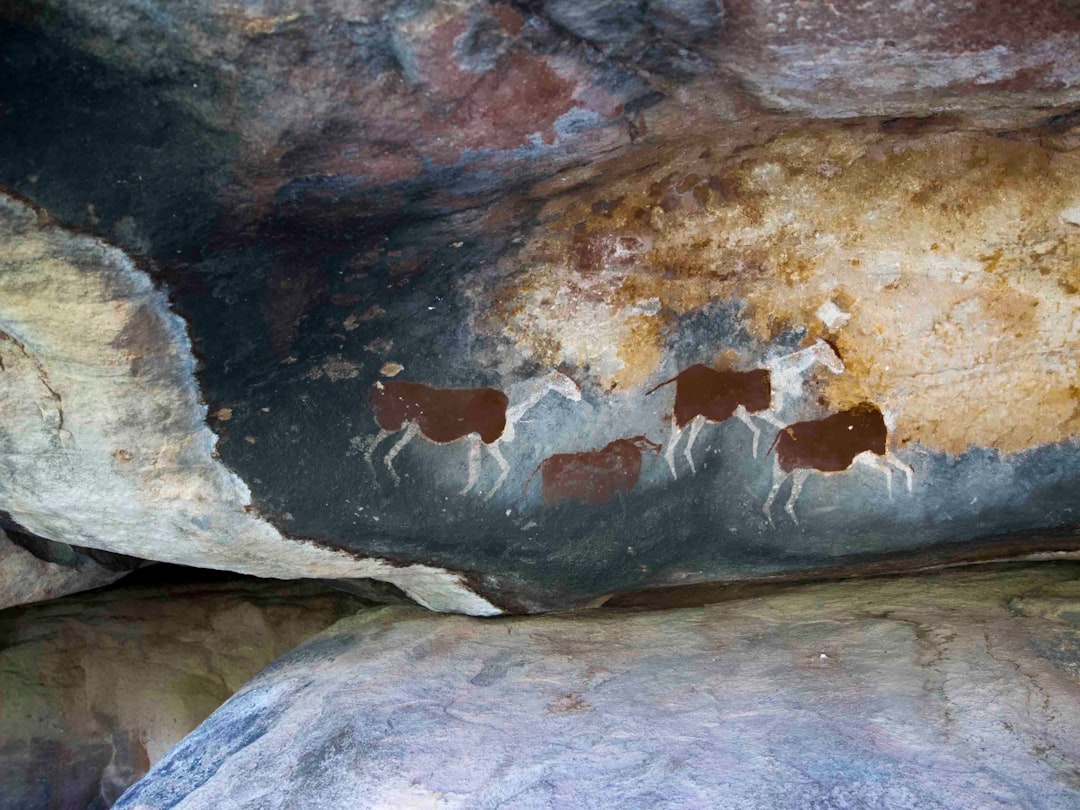
The animals depicted in Ice Age caves weren’t random choices. Perceiving animals crucial for survival waxing and waning into focus within darkness was layered with rich meaning, inspiring artists to make fleeting images tangible. Certain signs in caves like Lascaux may be analyzed as weapons or wounds, affecting dangerous animals like big cats, aurochs, and bison more than others, possibly explained by fear of image animation.
These paintings served as psychological preparation for encounters with dangerous animals. The secret of successful hunting was mimicry, and successful expeditions were envisioned by shamans beforehand. By painting these animals in controlled cave environments, people could confront their fears of predators and practice mental strategies for survival.
Ritual Magic Born from Terror
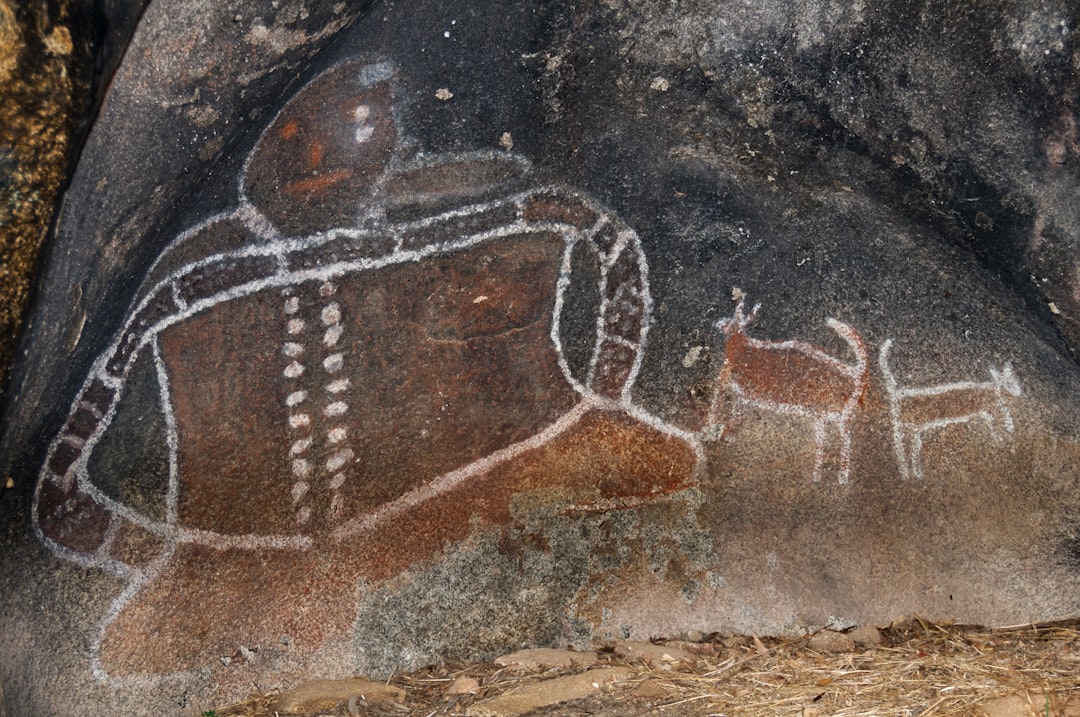
The cave art system wasn’t just about creating pretty pictures. Sympathetic magic formed the basis of Paleolithic art, with caves serving as sanctuaries where magic was used for reproductive rites, destruction of predators, and increase ceremonies for animals and humans. Caves showed no signs of habitation because they were sanctuaries for religious rituals, dark retreats within Mother Earth for initiation ceremonies where men could be transported into animals and vice versa.
Fear drove innovation in magical thinking. When facing life-or-death situations regularly, people developed complex belief systems that helped them feel some control over uncontrollable forces. The caves became laboratories for testing these psychological survival strategies.
Community Bonds Forged in Fear
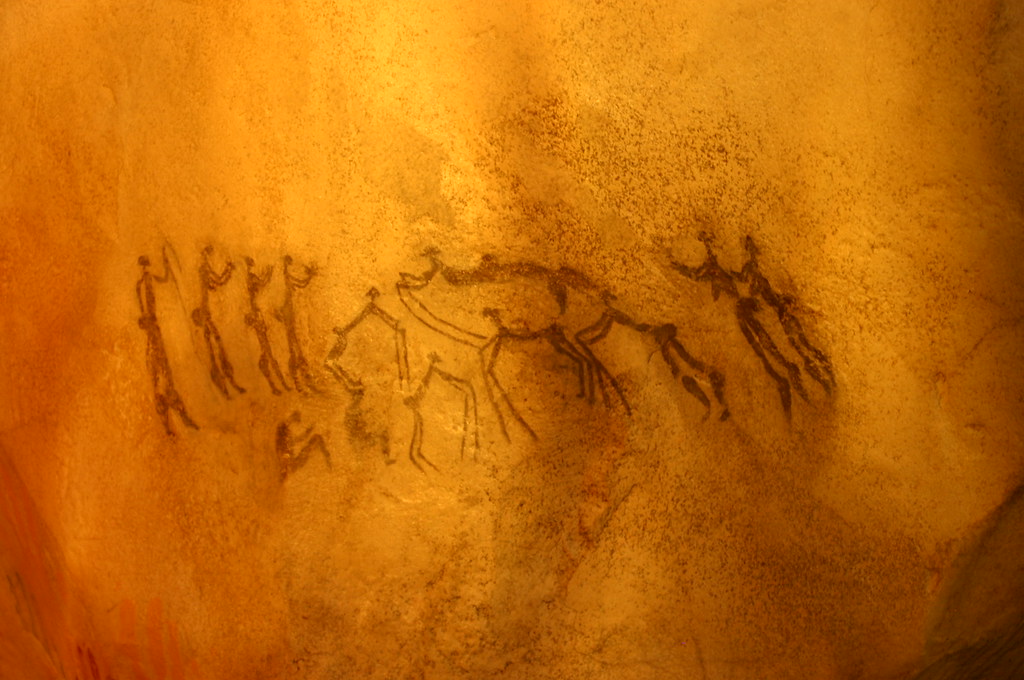
Perhaps most remarkably, these terrifying cave journeys strengthened social bonds rather than fragmenting communities. The emotive communal cave experience enriched belonging and rooted deep understanding of people’s place within the world, functioning as performances to build relationships between observers and animals they relied on for survival. Surviving human footprints indicate caves were ritual gathering places intended to serve human good.
Sharing fear created intimacy. When you’ve crawled through pitch-black passages with someone, witnessed the same dancing shadows, and participated in the same rituals, you’ve bonded at levels that comfortable modern life rarely provides. These shared terror experiences built the social cohesion necessary for Ice Age survival.
These caves reveal that our ancestors weren’t just surviving – they were learning to transform their deepest fears into sources of meaning, connection, and strength. Humans tens of thousands of years ago sought meaning beyond survival, creating symbols, stories, and rituals while investing in beauty and imagination, marking the beginning of humanity as cultural beings. The flickering flames that illuminated their art also illuminated something essentially human: the ability to find hope and community even in our darkest moments.
What do you think drives us to seek meaning in frightening situations today? Tell us in the comments.




